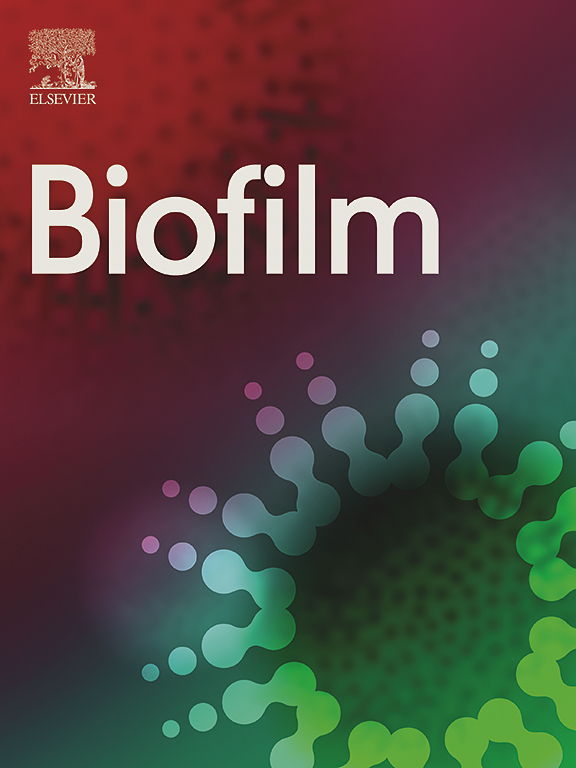Genetics, epidemiology and management of clubfoot and related disorders
IF 9.4
2区 医学
Q1 BIOCHEMISTRY & MOLECULAR BIOLOGY
引用次数: 0
Abstract
Clubfoot, medically termed congenital talipes equinovarus (CTEV), is a prevalent musculoskeletal birth defect, affecting approximately 0.3% of all live births. This serious congenital anomaly results from structural abnormalities in the foot and lower leg, leading to abnormal positioning of the ankle and foot joints. This review provides a comprehensive overview of the causative factors associated with CTEV and evaluates current therapeutic approaches. Although variations in genes encoding contractile proteins of skeletal myofibers have been proposed as contributors to the etiology of CTEV, no definitive candidate genes have been conclusively linked to increased risk. However, genes such as TBX4, PITX1, and members of the HOXA, HOXC, and HOXD clusters, as well as NAT2, have been implicated in the condition’s development, playing critical roles in limb development, muscle formation, and tissue differentiation. Also, Axin1 plays a key role in joint formation and skeletal development by inhibiting β-catenin-BMP signaling. It could significantly serve as a therapeutic target for fibular hemimelia and multiple synostoses syndrome. The exact mechanisms and the extent of their physical and genetic interactions remain subjects of ongoing research. Understanding the genetic determinants and cellular pathways involved in CTEV is crucial for unravelling the pathophysiology of this complex deformity.
内翻足及相关疾病的遗传学、流行病学和管理
马蹄内翻足,医学上称为先天性马蹄内翻(CTEV),是一种常见的肌肉骨骼出生缺陷,影响约0.3%的活产婴儿。这种严重的先天性畸形是由足部和小腿的结构异常引起的,导致踝关节和足关节的异常定位。这篇综述提供了与CTEV相关的致病因素的全面概述,并评估了目前的治疗方法。虽然编码骨骼肌纤维收缩蛋白的基因变异被认为与CTEV的病因有关,但没有明确的候选基因与风险增加有决定性的联系。然而,TBX4、PITX1、HOXA、HOXC和HOXD集群成员以及NAT2等基因与该疾病的发展有关,在肢体发育、肌肉形成和组织分化中起着关键作用。此外,Axin1通过抑制β-catenin-BMP信号传导在关节形成和骨骼发育中起关键作用。它可以作为腓骨偏瘫和多发性关节闭锁综合征的治疗靶点。它们的物理和遗传相互作用的确切机制和程度仍然是正在进行的研究的主题。了解CTEV的遗传决定因素和细胞通路对于揭示这种复杂畸形的病理生理学至关重要。
本文章由计算机程序翻译,如有差异,请以英文原文为准。
求助全文
约1分钟内获得全文
求助全文
来源期刊

Genes & Diseases
Multiple-
CiteScore
7.30
自引率
0.00%
发文量
347
审稿时长
49 days
期刊介绍:
Genes & Diseases is an international journal for molecular and translational medicine. The journal primarily focuses on publishing investigations on the molecular bases and experimental therapeutics of human diseases. Publication formats include full length research article, review article, short communication, correspondence, perspectives, commentary, views on news, and research watch.
Aims and Scopes
Genes & Diseases publishes rigorously peer-reviewed and high quality original articles and authoritative reviews that focus on the molecular bases of human diseases. Emphasis will be placed on hypothesis-driven, mechanistic studies relevant to pathogenesis and/or experimental therapeutics of human diseases. The journal has worldwide authorship, and a broad scope in basic and translational biomedical research of molecular biology, molecular genetics, and cell biology, including but not limited to cell proliferation and apoptosis, signal transduction, stem cell biology, developmental biology, gene regulation and epigenetics, cancer biology, immunity and infection, neuroscience, disease-specific animal models, gene and cell-based therapies, and regenerative medicine.
 求助内容:
求助内容: 应助结果提醒方式:
应助结果提醒方式:


